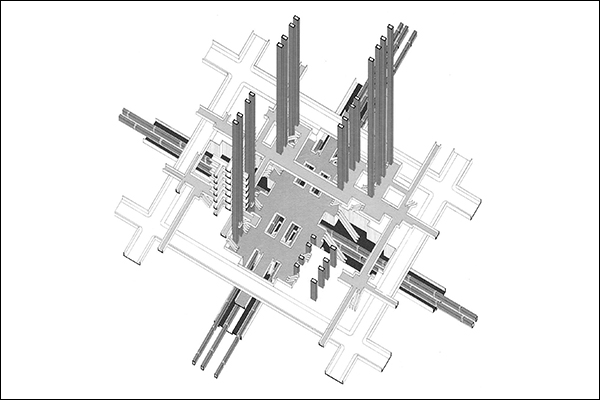Vertical fabric and other mythologies: some examples of contemporary textures
DOI:
https://doi.org/10.15168/xy.v4i8.158Keywords:
fabric, organism, skyscraperAbstract
The word fabric can be traced back to various interpretations relating to the different aspects that the term suggests. Weaving is one of the first occupations of man and is attributable to the natural need to cover and shelter. The textile activity involves an ordered union of a multitude of elements which, once associated, establish a strong organic connection; the plot is the final product of this play which is connected to the most rational faculties of man. In the field of architecture, there are many references to the theme of weaving, also from a lexical point of view. In this sense, just think to typical expressions related to the building world like ‘structural mesh’, ‘roof covering’, etc., up to definitions concerning the urban aspect of the fabric. Even the skyscraper, one of the most recent architectural types in our history, can be interpreted as a fabric, taking into account the relationship between vertical warping, urban plots, architectural nodes (urban halls) often found within these buildings. This paper aims to highlight the skyscraper’s textile organization, by analyzing some polymorphic architectures in which the relationship between horizontal and vertical dimension is strong, a link capable of creating plots at high altitude: from the first elaborations by Steven Holl and Joseph Fenton on the so–called ‘hybrid buildings’, continuing with the series of seven bridges designed by Holl in the Seventies, up to the last examples conducted by the American architect with the so–called Horizontal Skyscraper (Vanke Center) and with the Linked Hybrid.


